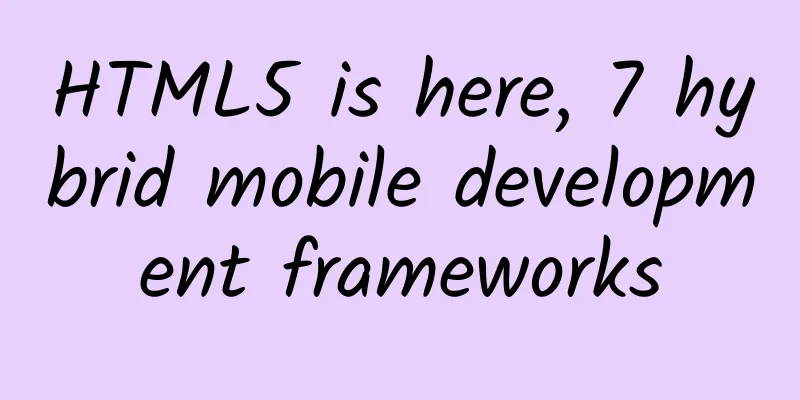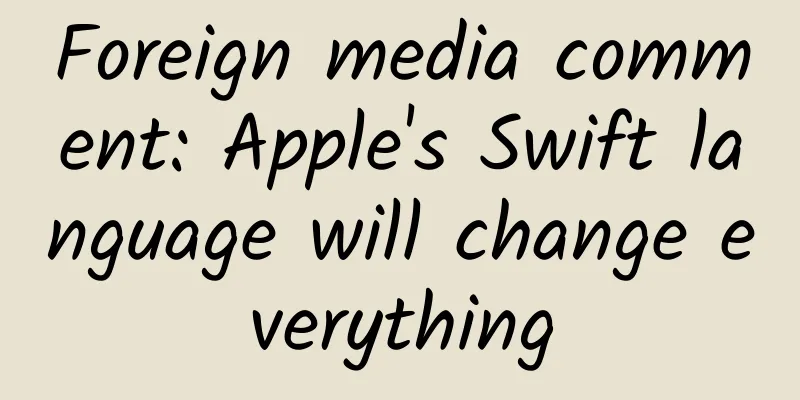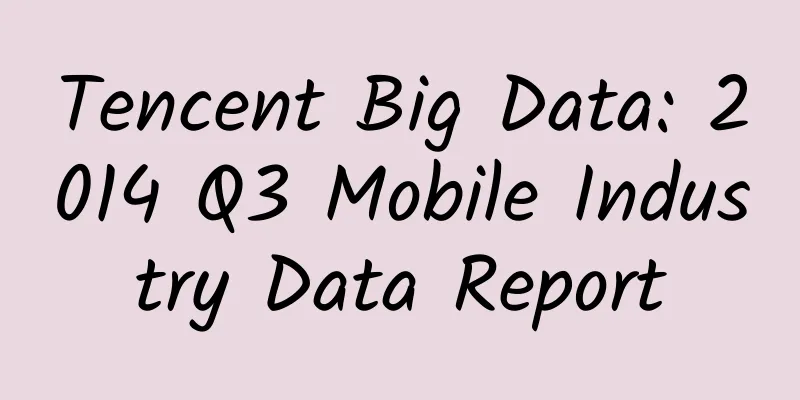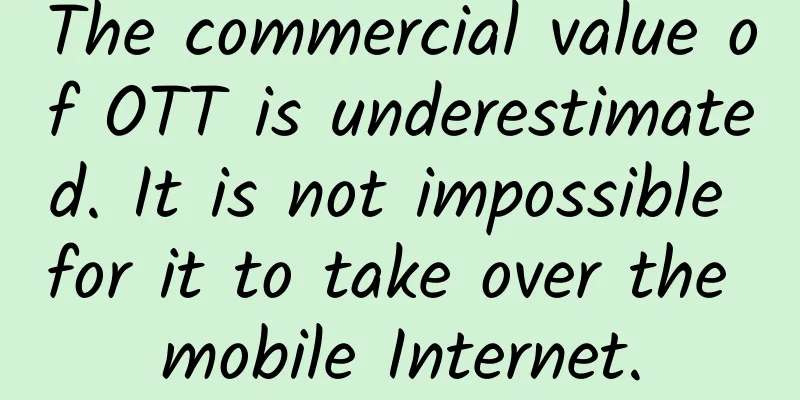HTML5 is here, 7 hybrid mobile development frameworks

|
via: Geek Label It is the best time to start learning mobile development. Everyone should have some creative ideas for mobile applications, and you don't need any native application programming experience. You only need some knowledge of HTML, CSS and JavaScript. If you always hear people say that HTML5 mobile applications are too slow, I can only tell you that you should have some opinions. First of all, HTML5 will get better and better, and mobile hardware will become more and more powerful. How to say it? Take a close look at the applications on your phone. Many applications have quietly used hybrid development. If they are slow as you said, have you found them? There are already many frameworks that can help you develop cross-platform mobile applications. In this article, we will only introduce the 7 most powerful ones. IONIC IONIC is the most promising HTML5 mobile application development framework. It builds applications with SASS and provides many UI components to help developers develop powerful applications. It uses JavaScript MVVM framework and AngularJS to enhance applications. It provides two-way data binding, making it a common choice for Web and mobile developers. The upcoming AngularJS 2.0 will focus on mobile development, and I believe IONIC will achieve great success. IONIC's development team will soon develop a way for developers to quickly create IONIC applications through IONIC creator. We will soon see a visual development tool that supports drag-and-drop functions, and developing an app in a few minutes will no longer be just bragging. If you are interested in IONIC, you can take a look at the IONIC tutorial on this site. Mobile Angular UI Mobile Angular UI is a responsive mobile development HTML5 framework using bootstrap 3 and AngularJS. Keywords for Mobile Angular UI are:
Responsive media queries are bootstrap as separate files, you only need to include what you need. Mobile Angular UI does not contain any jQuery dependencies, all you need to do is create a friendly user experience through some AngularJS instructions. For more information, take a look at the Mobile Angular UI demo page, which shows you how to use Mobile Angular UI in action. If you want to learn more, I recommend reading Getting started with Mobile Angular UI. Intel XDK Intel XDK is a cross-platform development tool developed by Intel. We can easily develop applications through Intel XDK. All you need to do is download their application development tool. There are Linux, Windows and Mac versions. It also provides many development frameworks, such as Twitter bootstrap, jQuery Mobile and Topcoat. Related APP frameworks development and use tutorials: Mobile development practice: App frameworks development supports full-screen scrolling applications on mobile devices I have written a very detailed tutorial about Intel XDK before. If you haven't read it, you can take a look:
Appcelerator Titanium What makes Appcelerator's Titanium different from other frameworks is that it is an open source framework. Titanium is a one-stop solution for hybrid mobile application development. You only need to download Titanium studio to solve all problems. Titanium SDK includes many mobile platform APIs and backend cloud services. Titanium uses Alloy, which is a rapid development MVC framework for mobile applications. Modular development can greatly reduce development time and improve code reuse. Titanium studio also provides some code templates. You can get familiar with these templates, and related tutorials will be launched soon. Sencha Touch Sencha Touch is also a cross-platform HTML5 mobile application development framework that runs on iOS/Android/Blackberry. It has been around for many years and has become a very commonly used hybrid programming development framework. Sencha Touch can make your Web App look like a Native App, with beautiful user interface components and rich data management, all based on the latest HTML5 and CSS3 WEB standards, fully compatible with Android and Apple iOS devices. Here are some features given by Sencha officials: 1. Based on the latest WEB standards – HTML5, CSS3, JavaScript. The entire library is about 80KB after compression and gzip, and it can be made smaller by disabling some components. 2. Support the world's most popular devices. The Beta version is compatible with Android and iOS, and developers on Android can also use some themes customized for Android. 3. Enhanced touch events: Based on standard events such as touchstart and touchend, a set of custom event data integration is added, such as tap, swipe, pinch, rotate, etc. 4. Data integration. It provides powerful data packages, which can be bound to component templates through Ajax, JSONp, YQL, etc. and written to local offline storage. Kendo UI Telerik's Kendo UI is a powerful framework for rapid HTML5 UI development. Based on the latest HTML5, CSS3 and JavaScript standards. Kendo UI includes everything you need for modern JavaScript development, including: powerful data sources, universal drag-and-drop functionality, templates, and UI controls. PhoneGap PhoneGap is probably the oldest framework. I believe many people have heard of it or even used it, but PhoneGap is based on the open source commercial version of Cordova. The first PhoneGap code was written at iPhoneDevCamp in August 2008. A major impetus for its creation was a simple fact that almost every new iPhone developer faces: Objective-C is a very foreign environment for web developers, and there are far more web developers than Objective-C developers. The question was, could someone develop a framework that would allow Web developers to leverage all their knowledge of HTML, CSS, and JavaScript and still interact with the iPhone's important native apps, like the camera and contacts? That same year, PhoneGap won an award and began supporting the Android platform, becoming increasingly useful to the growing number of mobile developers who needed to get their code supported on more platforms. You can start learning about PhoneGap by going to the official PhoneGap documentation. in conclusion In this article, we discussed some HTML5 mobile development frameworks. After the official release of HTML5, many developers have rekindled their hopes for HTML5, believing that this is a good era and that it will bring us more surprises. |
<<: Hearthstone designer: Only by making the game you want to make can you succeed
>>: CrossApp 0.4.2 released, grand introduction of WebView
Recommend
Community operation: Does your group need to be active?
1. Does your group need to be active? Group activ...
Why do humans want to explore the moon?
The moon is the closest natural celestial body to...
How to create hot marketing activities and specific implementation plans!
In the early morning of July 27, I saw several on...
The nose of Spring Festival Gala mascot Long Chenchen comes from "the earliest China"?
Last December, the CCTV 2024 Spring Festival Gala...
The sun is blue again over Beijing! Why does the sun turn blue when there is a sandstorm?
In recent days, the sky in Beijing has been gray....
What kind of domestic car can you buy with 100,000 yuan? Car companies actually know you better than you do.
Looking at the current domestic car consumers, th...
Urgent notice! Apple has once again updated the App Store Review Guidelines, with 25 new additions!
Recently, the editor noticed that Apple has once ...
Why is “10 degrees in autumn” colder than “10 degrees in spring”?
I wonder if you have had a similar experience: th...
The Bitcoin inventor Satoshi Nakamoto we've been looking for is hiding in this place
[[158697]] Who is "Satoshi Nakamoto"? T...
Someone tested the IQ of current mainstream AI and found that they are not as smart as a 6-year-old child
Ever since Siri was introduced on the iPhone 4s i...
[Jiang Xiaoxi Talks about Poyang Lake] Are you the same, always wanting to sing something while working?
Hello, I'm Jiang Xiaoxi Poyang Lake's ric...
On average, a primordial black hole flies past the solar system every ten years.
Written by Gou Lijun Black holes are commonplace ...
"Chasing the Light" Kola - Visiting the Construction Site of the World's Largest Water-Photovoltaic Complementary Project
——Visiting the construction site of the world'...
How to send birthday wishes to Africans?
African people shouting video production , Africa...









